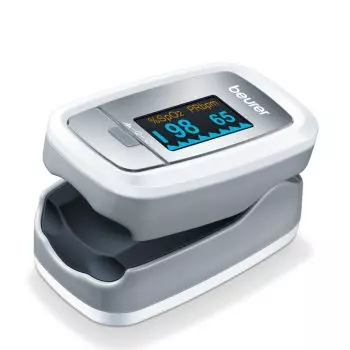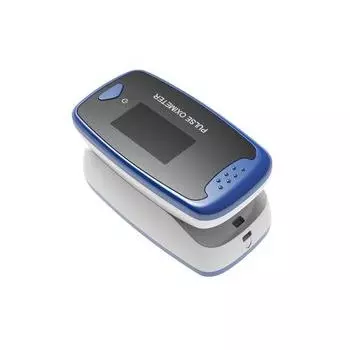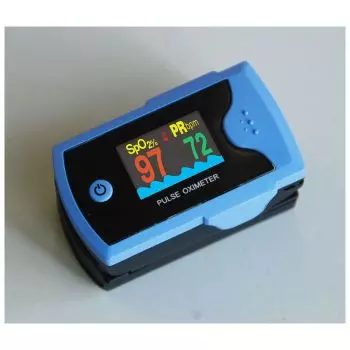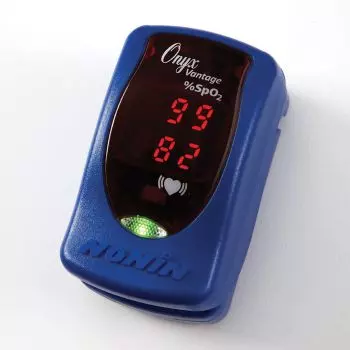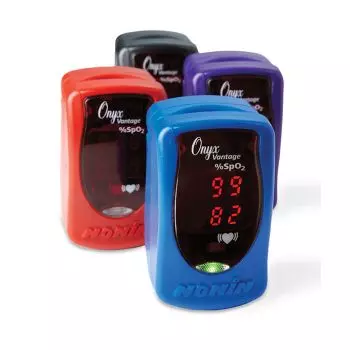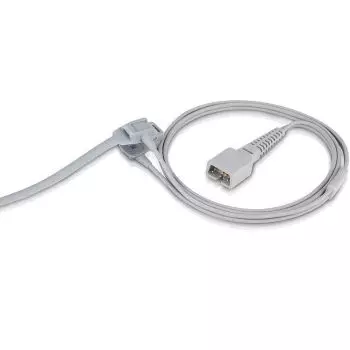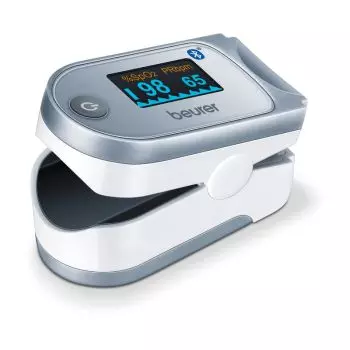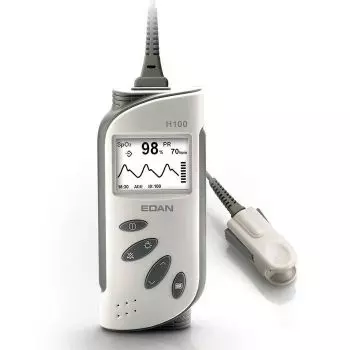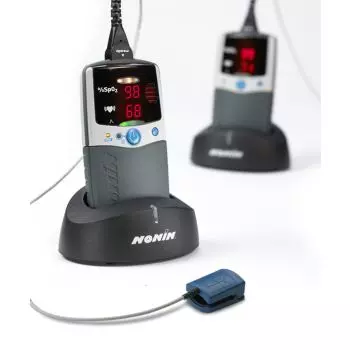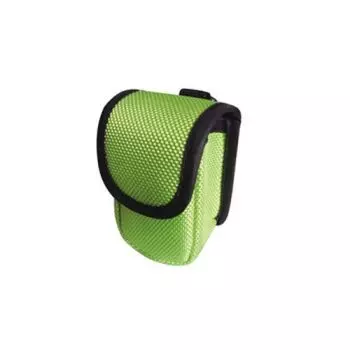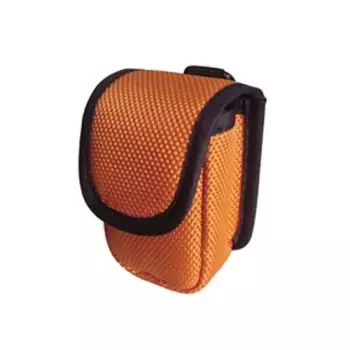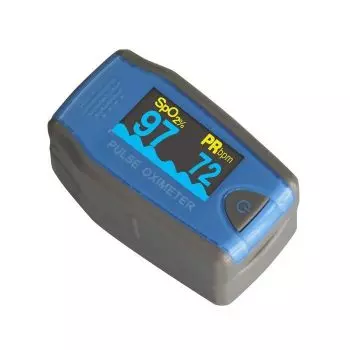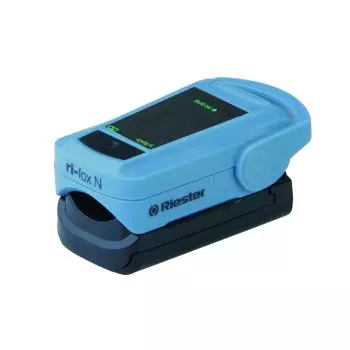Pulse oximeter
-
Availability : In stock.
£38.80 incl. VAT -
Availability : In stock.
£25.87 incl. VAT -
Availability : In stock.
£129.78 incl. VAT -
Availability : in 14 day(s)
£90.55 incl. VAT -
Availability : In stock.
Special Price £64.50 incl. VAT Regular Price £75.89 incl. VAT -
Availability : In stock.
£8.57 incl. VAT -
Availability : In stock.
£8.57 incl. VAT -
Availability : In stock.
£99.17 incl. VAT -
Availability : in 30 day(s)
£117.28 incl. VAT
Discover our SPO2 pulse oximeter
The first invention of the non-invasive oximeter was made in 1935 by Carl Matthes, then subsequently in 1970 it was marketed. But it wasn’t the pulse oximeter we know today. It was only in 1974, thanks to the discovery of oxygen saturation by Takuo Aoyagi, that the oxymeter that we use today was created. It is marketed since 1982.
What is an oximeter?
The pulse oximetry is a specialized diagnostic equipment widely used in hospitals, it is sometimes found in practices and individuals can also use it. Also known as a saturometer, it measures the amount of oxigen circulating in the blood continuously: composed of a sensor, a monitor and a cable, it is used to control the heart rate and oxygen levels in the patient’s blood. Small, rectangular in shape, it fits easily into a protective cover. The results obtained by the pulse oximeter can be quickly distorted in different ways: if the sensor is mispositioned, if the patient suffers from hypertension, anaemia or hypothermia. The size of the sensor is also important to avoid compressing the finger which will change the voltage, which is why there are different kinds of devices that adapt to each patient in order to avoid damage to the sensors: for young children there is the pediatric oximeter, which is intended for those over 2 years of age, or the Nonin oximeters, which are for adults.
Why is it important to control oxygen saturation?
During a shock or discomfort, the body of a person who has suffered of injuries is disturbed. His body no longer functions normally. Before operating, it is mandatory to carry out a diagnosis in order to determine the treatment to be given.
It is recommended to use a saturometer such as the Colson Oxypad pro to control the amount of oxygen in the blood: it provides an assessment of the saturation of the arterial hemoglobin in oxygen with infrared and red light. It is these lights that define arterial saturation, because the more oxygen there is in the blood, the more the infrared light is absorbed, which results in the release of oxygen.
The blood will then become penetrated by the red light.This monitoring of arterial oxygen saturation makes it possible to detect a possible complication for a patient subject to cardiac pathologies or having lung problems.
The Nonin saturometer can also be used for patients who are under anesthesia, or to monitor patients returning from surgery.
It is sometimes used in emergency medicine or by individuals who wish to have a home control.
How to use a portable saturometer?
The finger pulse oximeter is equipped with a sensor and a display screen, it allows a painless and non-invasive measurement, thanks to its clamp-like device. The oximeter is placed on the extremities of the body such as the fingers, lobes, toes, nose and even the forehead if the device is equipped with front sensors. As part of regular use, it is preferable to have a high-end saturometer offering complete functionalities, especially for hospital use. The pulse oximeter sensors, oxygen saturometer are extremely sensitive, it is important to clean them carefully after each use in order not to alter the results.
Girodmedical offers you a whole range of pulse oximeters with their accessories such as the connected oximeter from Ihealth or the Edan oximeters for health professionals.






